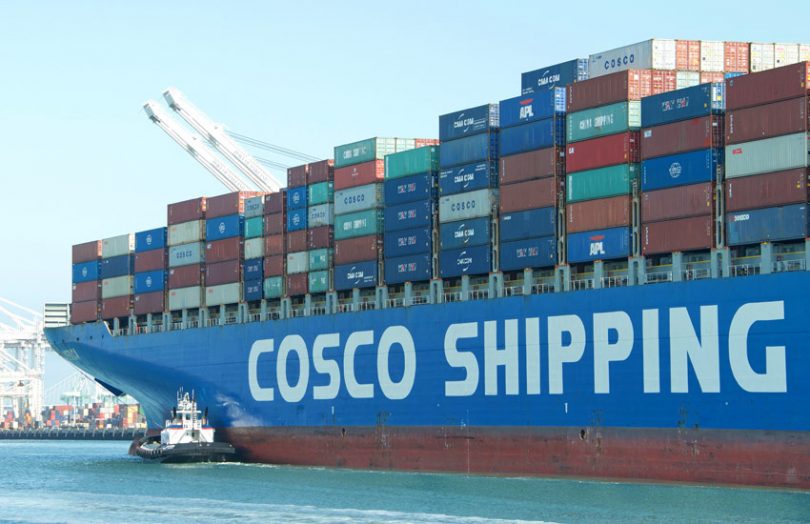We’ve previously written about China’s Trade Finance Blockchain developed by the People’s Bank of China (PBOC) together with the PBOC’s Digital Currency Research Institute. Ten months ago, the project had reached RMB 70 billion ($10.5 billion) in trade. By the end of August, it had processed more than 50,000 transactions with a cumulative value of RMB 191 billion ($29 billion).
When it was first unveiled as a pilot two years ago, the focus was on the Guangdong, Hong Kong, and Macau Areas and hence it was called the Bay Area Trade Finance Blockchain. But it’s no longer restricted to the Bay Area with new regions added very regularly. According to the state-backed People’s Daily, it now has 48 participating banks and hundreds of outlets.
The solution targets SMEs, but it isn’t purely about trade finance, where it covers supply chain accounts receivables and rediscounting by the central bank. It also includes automated tax filing and supervision of international trades.
The Institute is looking to expand the ecosystem so third parties can build applications that integrate with it.
As it extends its regional footprint, it’s now looking overseas. It “is ready to connect with similar platforms in Asia and Europe to provide more and more convenient trade financing services,” said Wang Yimeng of the Digital Currency Research Institute.
Last year it already partnered with eTradeConnect, the trade finance platform initiated by the Hong Kong Monetary Authority (HKMA). eTradeConnect includes several global banks such as HSBC, Standard Chartered, Singapore’s DBS Bank and ANZ.
And in turn, eTradeConnect has a relationship with European trade finance network we.trade, which is backed by more than a dozen banks such as Societe Generale, UBS and Santander, as well as IBM.
The fact that the Digital Currency Research Institute is one of the founders shouldn’t be underestimated. It’s not a huge leap to speculate that this could be a route for the first international experiments for China’s future digital yuan.






